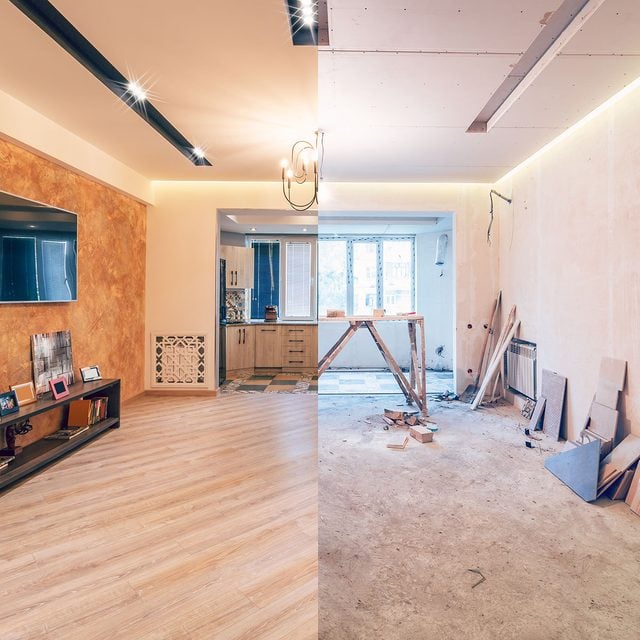Survey: Home Improvement Spending On the Rise in 2022
Updated: Dec. 11, 2023
A new survey from Home Advisor provides key insight into how American households are spending money on their homes in 2020.

Home Advisor has dubbed 2020 “The Year of the Home,” and their most recent survey offers statistics to back that up. According to the survey, average household spending on home services in the U.S. rose to $13,138 in 2020, a $4,000 increase year-over-year.
On average, U.S. households spent $8,305 on home improvement, $3,192 on home maintenance and $1,640 on home emergencies. Various factors spurred renewed emphasis on home improvement, chief among them increased time people spent at home due to the coronavirus pandemic.
“This year’s topline growth in spending and projects is a story of both increasing costs of supplies, increasing cost of labor and homeowners shifting spending from things like entertainment and travel to their homes,” the survey says. “While the cost to do projects compared to last year did increase, we also found that homeowners were spending more as well.”
Forty-one percent of respondents said they spent money on home improvement to make their home better suited for their lifestyle. Eighty-five percent said they are spending more time at home in 2020, while 67 percent reported spending significantly more time in their home.
This shift towards home improvement as a lifestyle choice is unique to 2020. In Home Advisor’s 2019 survey, the main reason given for home improvement was to “replace or repair a damage, defect or decay.” This year people were more proactive with their spending, choosing more frequently to enhance their homes rather than fix them.
COVID-19 did not just influence people to spend their money. It also influenced how they spent their money. Seventy-three percent of respondents said they were more likely to hire a home service professional who shared COVID-related information and actively promoted safety measures. Consumers were willing to let professionals work in their homes, but safety remained a key concern.
While the sustained high demand for home services has been good for contractors and the residential construction industry, it also brought complications. According to the survey, 30 percent of planned projects never started or weren’t completed because of COVID-19. The pandemic has also disrupted supply chains; 24 percent of respondents listing “products or materials taking longer than expected to arrive” as the top reason for their projects taking longer or going over budget.
“Despite COVID-19 and its impact on demand and the nature of the demand, Americans are adapting their spending and saving habits in order to satisfy these new needs and cope with the challenges associated with it,” the survey says.
